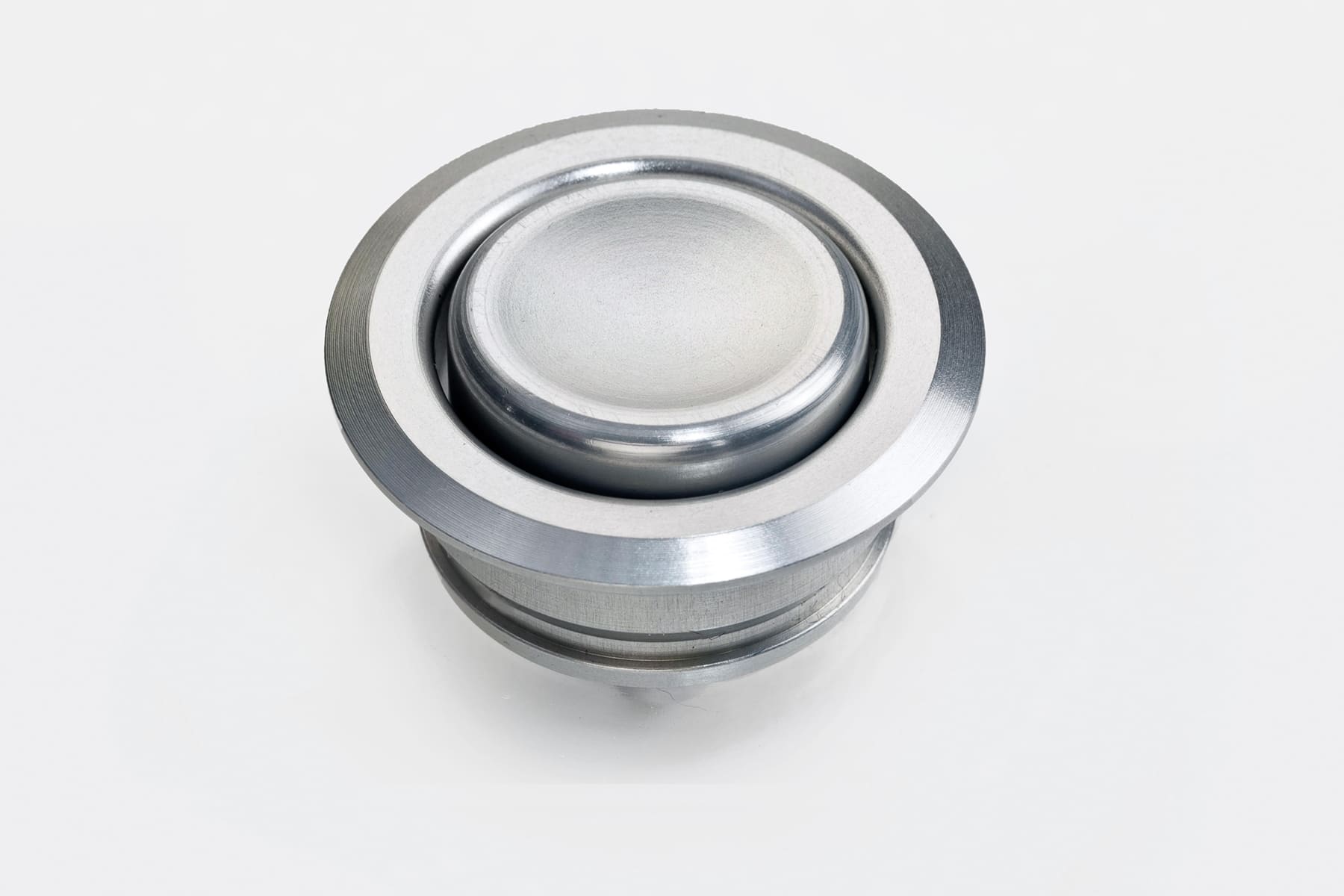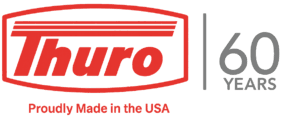Everyone who has ever been on a commercial aircraft recognizes “the Button.” This aluminum-anodized button is part of a cable assembly that allows airline travelers to recline their seat, and uses precision-machined components in the assembly, featuring high profile, low-cost parts. At the 2014 semi-annual Aerospace and Defense Supplier Summit, Thuro entered into discussions with an assembler of wire and cable assemblies to re-shore critical components due to the assembler having quality and delivery issues. But while the components needed to look great, they also had to meet and maintain target pricing—the parts were required in relatively high volume and averaged well under $1 each, including material, fabrication, metal finishing, and special protective packaging.

The answer surprised everyone… manufacturing with Thuro in North America, a bold choice in 2014. How did Thuro manage to compete and essentially change the paradigm of so-called Chinese value?
In the mid-2000’s there was tremendous pressure on U.S. manufacturers to compete with China’s manufacturing model. Essentially we had to figure out how to make parts using competitive processes and know-how, a survival tactic that other competitors could not do. We decided to double down on new investment into systems and automation that complemented our heritage of German precision and technology. This investment paid off by radically eliminating waste and establishing a culture of continuously improving all aspects of the parts production process company-wide.
Today we compete head-to-head with subsidized producers from low-cost regions. A more efficient process allows for the most cost-effective part unit cost, the fastest delivery, and most consistent quality. This triple threat of fast, great competitive part manufacturing makes for a dependable and easy experience for our clients. Especially compared with overseas competitors.
With the “Button Assembly,” we leveraged the above mindset in two ways.
- Our experience in cosmetic components used in aircraft lighting systems gave us an edge in understanding what it takes to satisfy passengers sense of quality—and having tooling and processing experience so that these parts looked gorgeous right out of the box. To this end, special handling and process were already tried, tested and implemented.
- Our philosophy of maintaining the quality tools used in the automotive sector so that the first one looks and measures like the millionth. Automotive requires it all–like APQP (Advanced Product Quality Planning), vendor processing control requirements under AS9100D, a focus on advanced production process like 6Sigma required by TS-16949, etc. So much of this high-level attention to detail and value translates into Aerospace.
All the evidence points to this re-shoring focus continuing and North American manufacturing flourishing.
